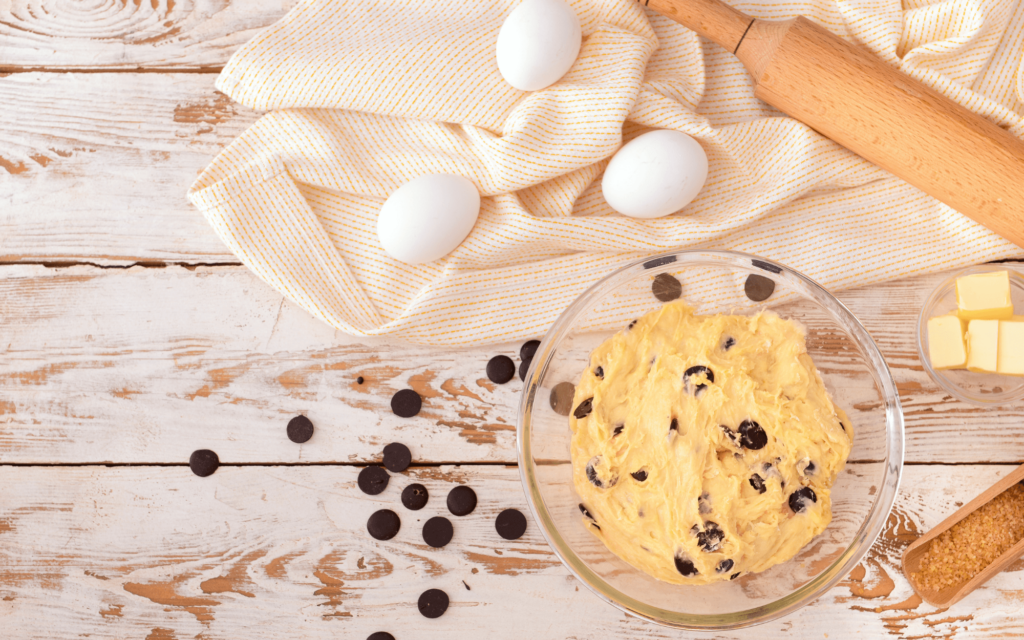Myth: Human-Caused Contamination and Solutions
UV disinfection in the food industry plays a crucial role in reducing the risk of food borne illnesses by effectively controlling and eliminating harmful bacteria, ultimately enhancing the safety and quality of food products.
In the context of food safety, the phrase “killer bacteria” has been used to depict microbes as malicious agents actively intending to cause harm to humans. However, this terminology misrepresents the nature of these microorganisms. In reality, these bacteria are naturally occurring, and in most cases, they pose no threat to humans in their natural environments. The danger arises when humans inadvertently introduce these bacteria into environments that provide optimal conditions for proliferation, subsequently contaminating food production processes and supermarket products. It’s essential to recognize that humans are the root cause of this issue, but they also hold the key to mitigating it through effective measures, such as UV-C disinfection.
It’s crucial to distinguish their sources when delving into the specifics of harmful contaminants commonly found in everyday foods like romaine lettuce, cookie dough, and chicken breasts. Some products inherently carry harmful germs due to the nature of their production. Take Salmonella, for instance; it’s challenging to eliminate it from chicken farming and processing entirely. Eggs, often connected to chicken-related outbreaks, further compound the issue. The primary goal lies in interrupting cross-contaminations and carry-overs within the industrial food production process. UV-C technology emerges as a potential solution, offering effective disinfection measures that can prevent the escalation of initial bacterial concentrations.
Romaine lettuce presents a poignant case study. While lettuce is not a haven for harmful germs, the problem begins with contaminated water used in irrigation, introducing fecalgerms from neighbouring livestock. This contamination can only be addressed through robust washing procedures involving UVC-purified water and ozone treatments. This predicament underscores the importance of tackling the problem at its source, from the beginning of the production chain through every step of the process.

The staggering statistic of 600 million cases of foodborne illnesses underscores the urgent need for solutions. UV technology emerges as a promising strategy because it can render germ-free surfaces for food such as freshly cut meat or fruit. UV-C sterilization can neutralize up to 99.999% of germs on surfaces, significantly reducing the risk of contamination during production. This technology is not just limited to end-of-line treatment; it can enhance hygiene levels throughout the production day, thereby maintaining the quality and safety of products over time.
The mechanics behind UV-C technology are rooted in its unique ability to target pathogens without physically touching surfaces. UV-C light delivers a precise and effective killing mechanism specific to bacteria. Unlike traditional detergents, UV-C can be integrated seamlessly into the production process. UV-C ensures that working equipment, conveyor belts, and other surfaces remain hygienic throughout the day, countering the natural decline in product quality that typically occurs during extended production periods.
Real-world tests have highlighted the transformative potential of UV-C technology. In one instance, tests were conducted using cooked ham on slicers, a scenario prone to contamination accumulation. The results were striking – in the absence of UV-C treatment, a comprehensive cleaning of the entire line was deemed necessary after 8 hours. In contrast, with UV-C integration, the belts and surfaces exhibited minimal contamination even after a full 8-hour shift, comparable to their state after merely one hour of operation.
Such success stories resonate throughout the industry. An employee at a sausage manufacturing facility shared a profound insight: he personally preferred products that had passed through the machines in the initial two hours of production. This sentiment underscores the tangible difference that UV-C technology can make in maintaining superior hygiene standards and enhancing product quality.
By preventing contamination from making its way into the final product, the integration of UV technology contributes to a more robust and safer food supply chain. In the case of ground beef production, for example, UV-C sterilization can limit the spread of germs originating from a single contaminated piece of meat, reducing the potential impact to a manageable scale. This not only ensures safer consumption but also bolsters the resilience of the supply chain by mitigating the risk of widespread recalls or illnesses.
As UV technology gains traction, its implications for the food industry’s future are profound. While UV-C technology has existed for over a century, its potential has often been overshadowed by chemical solutions. However, the dynamics of the modern food industry demand reevaluating hygiene practices. The industry’s focus on innovation and heightened safety standards positions UV-C technology as a transformative tool. Designers and engineers are increasingly integrating UV-C solutions into machinery layouts, recognizing the value of proactive disinfection.
In summary, the term “killer bacteria” oversimplifies the issue of foodborne contamination, shifting the focus from the role humans play in introducing and spreading harmful germs. UV technology, particularly UV-C disinfection, holds immense promise for revolutionizing food safety. By eradicating harmful pathogens at various stages of production, UV-C technology not only ensures safer consumption but also fortifies the resilience of the food supply chain. As the food industry continues to evolve, embracing UV-C technology as a standard practice will undoubtedly contribute to safer, more reliable food production and distribution.
By Michael Calenberg, Ph.D., CTO of Nuvonic
Share: